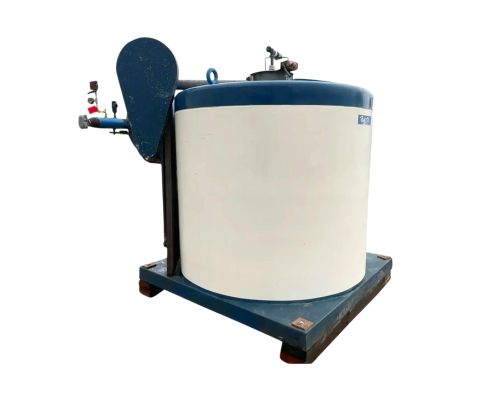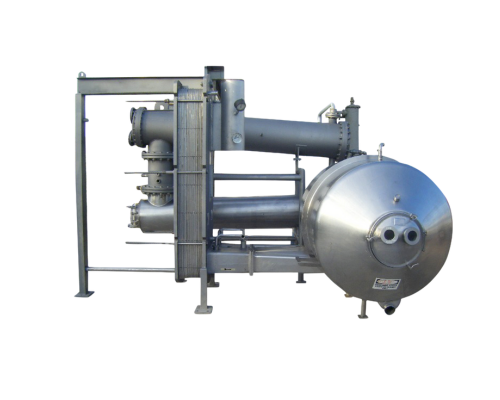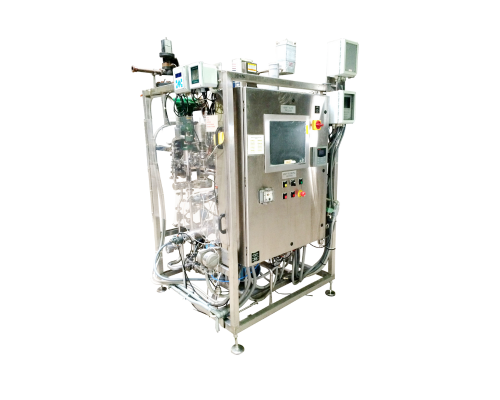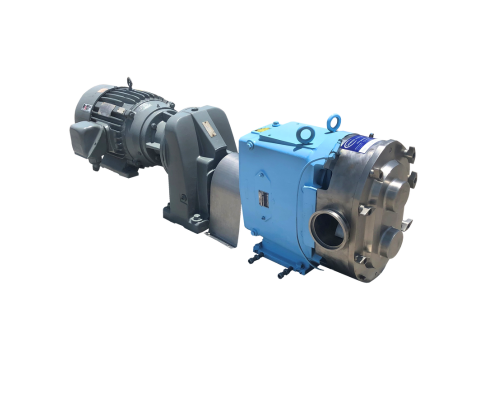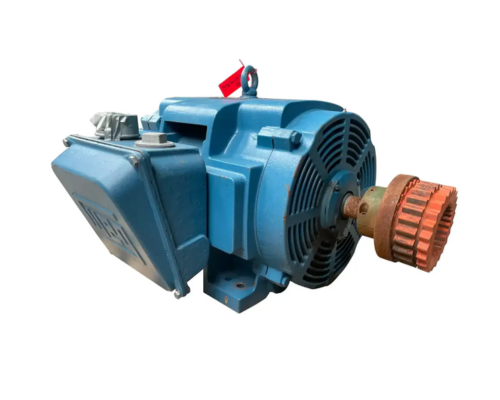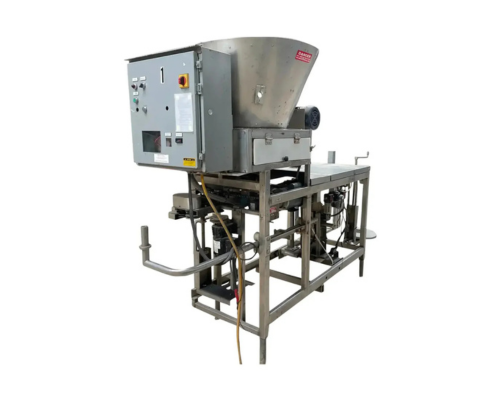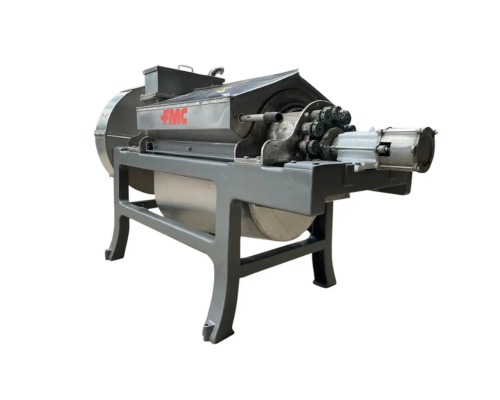The industrial pet food industry has evolved rapidly in recent years, with rising consumer demand for higher-quality, fresher, and more natural pet food products. As this sector expands, so does the need for reliable and efficient processing technologies that preserve nutritional value, extend shelf life, and support large-scale production. One such technology that has become increasingly vital is the spiral freezer.
Spiral freezers, known for their compact design and high-throughput capabilities, play a crucial role in the processing of frozen pet food products. This article explores how spiral freezers are used in the industrial pet food industry and the value they bring to modern pet food manufacturing operations.
Image from Genemco
Link to IQF Spiral Freezers
The Role of Spiral Freezers in Pet Food Processing
Spiral freezers are designed to freeze large quantities of product continuously and evenly by moving items along a spiral conveyor belt within a temperature-controlled enclosure. This technology enables rapid and uniform freezing while conserving floor space — a key consideration for industrial facilities.
In the pet food industry, spiral freezers are used to freeze a wide range of raw, cooked, and formed products. These systems help maintain product safety, quality, and consistency throughout the supply chain.
Key Applications in the Pet Food Industry
1. Raw and Fresh-Frozen Pet Meals
One of the fastest-growing segments in pet food is raw and fresh-frozen diets, which are marketed as more natural and biologically appropriate for pets. These diets often include raw meats, organs, vegetables, and supplements, requiring strict temperature control and fast freezing to prevent bacterial growth and spoilage.
-
Products: Raw beef or chicken patties, portioned meal packs, raw bones, and organ blends.
-
Freezing Needs: Immediate freezing post-processing is essential to lock in nutrients and inhibit pathogen development.
-
Benefits: Preserves natural enzymes and vitamins, reduces microbial risk, and prepares the product for frozen distribution.
2. Cooked and Formed Pet Foods
Many pet food products undergo cooking or extrusion and are then formed into shapes like patties, nuggets, or loaves before being frozen.
-
Products: Cooked meat chunks, shaped kibble alternatives, gourmet dog meals, cat food portions.
-
Freezing Needs: After cooking and forming, products are rapidly cooled and frozen to stabilize texture and prevent moisture loss.
-
Benefits: Maintains product integrity, enables easy portioning, and extends shelf life without the use of artificial preservatives.
3. Treats and Specialty Items
High-protein treats and specialty products like frozen bones, frozen chews, and pet-safe frozen desserts are also growing in popularity.
-
Products: Frozen dog treats, meat sticks, yogurt-based chews, and natural snack items.
-
Freezing Needs: Spiral freezers handle various shapes and sizes, ensuring rapid, consistent freezing even for irregular items.
-
Benefits: Prevents spoilage, maintains appealing texture, and facilitates packaging in bulk or retail-ready formats.
4. Ingredient Freezing for Further Processing
Spiral freezers may also be used earlier in the supply chain to freeze raw materials like ground meats, fats, and blended ingredients for storage or transport to other facilities.
-
Products: Ground poultry, fish meal, beef trim, or blended protein bases.
-
Freezing Needs: Requires fast and thorough freezing to maintain quality prior to secondary processing or formulation.
-
Benefits: Reduces oxidation and spoilage, simplifies inventory management, and enhances food safety.
Operational Advantages for Pet Food Manufacturers
1. Continuous and High-Capacity Processing
Spiral freezers are built for uninterrupted production lines, making them ideal for high-volume pet food manufacturers. This continuous operation improves overall efficiency and minimizes bottlenecks.
2. Space and Energy Efficiency
The vertical design of spiral freezers allows them to handle large volumes in a compact footprint. Modern systems are also engineered for low energy consumption and enhanced airflow management.
3. Hygiene and Compliance
Pet food production is subject to rigorous food safety standards. Spiral freezers are designed with stainless steel construction, CIP (Clean-In-Place) systems, and other features to ensure sanitary operation and compliance with both human-grade and animal-feed regulations.
4. Versatility Across Product Types
From raw and moist products to dry and semi-moist foods, spiral freezers can handle a broad range of textures, shapes, and packaging formats. This makes them a flexible solution for manufacturers producing diverse product lines.
Image from Genemco
Link to IQF Spiral Freezers
As the industrial pet food industry continues to grow and innovate, spiral freezers have become a cornerstone of modern pet food manufacturing. Their ability to freeze products quickly, efficiently, and safely supports the production of raw diets, cooked meals, frozen treats, and more — all while meeting strict quality and safety standards. With their compact footprint, energy efficiency, and hygienic design, spiral freezers offer pet food producers a powerful tool for scaling operations and delivering premium frozen products to an increasingly discerning customer base.

